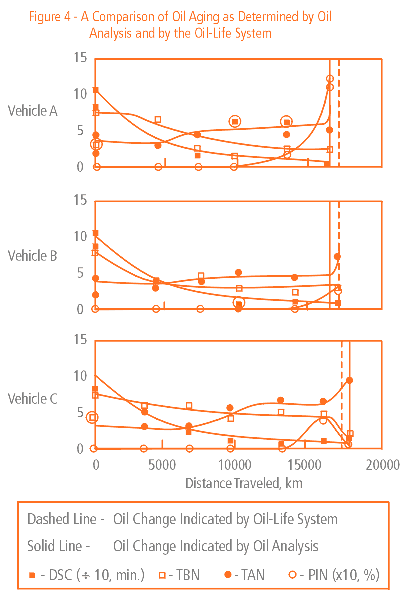Originally Posted By: MotoTribologist
What makes you think it shouldn't harm anything? It would completely depend on the individual oil's formula and what existing additives either work with or are interfered with by those additives. It's true it might work, but there is no way for the average person to know if it would be beneficial or detrimental.
Every tech journal report I've read where they varied the amount of zddp in reasonable amounts showed very little if any negative interactions with the other components in a DI package and base oil. Also, we see high amounts in racing oils and a variable amount of zddp and moly in street oils. Its just not that sensitive as you fear.
The anti-ox and dispersant chemicals we hope were chosen by Berryman to be innocuous in small amounts. To be sure, I'd recommend using much less than just dumping the entire 10 oz bottle in the sump.
Agreed a VOA of this stuff would better establish a proper dose to raise moly by 100 ppm and zddp by about 200 ppm in half-aged used oil. My estimate of 1.6 oz per 5 quarts is meant to be conservative, and it indeed is very conservative compared to Berryman's instruction to just dump the whole bottle in the sump.
Again, this stuff is likely only beneficial when you add it to used aged oil, about halfway thru an OCI for example.
This is for people who want to Extend an OCI a bit and still have some hope the PIN (pentane insolubles) can be kept down via the new anti-ox added, and the AW/FM chemicals can be restored somewhat.
Note in the following study graphs (Machinery Lubrication article), the PIN insolubles, the circle, starts to rise half-way or later during a full OCI, condemning the oil. The new injection of anti-ox should fight that.
http://www.machinerylubrication.com/Read/77/gm's-oil-life-system-improves-timing-of-oil-change








